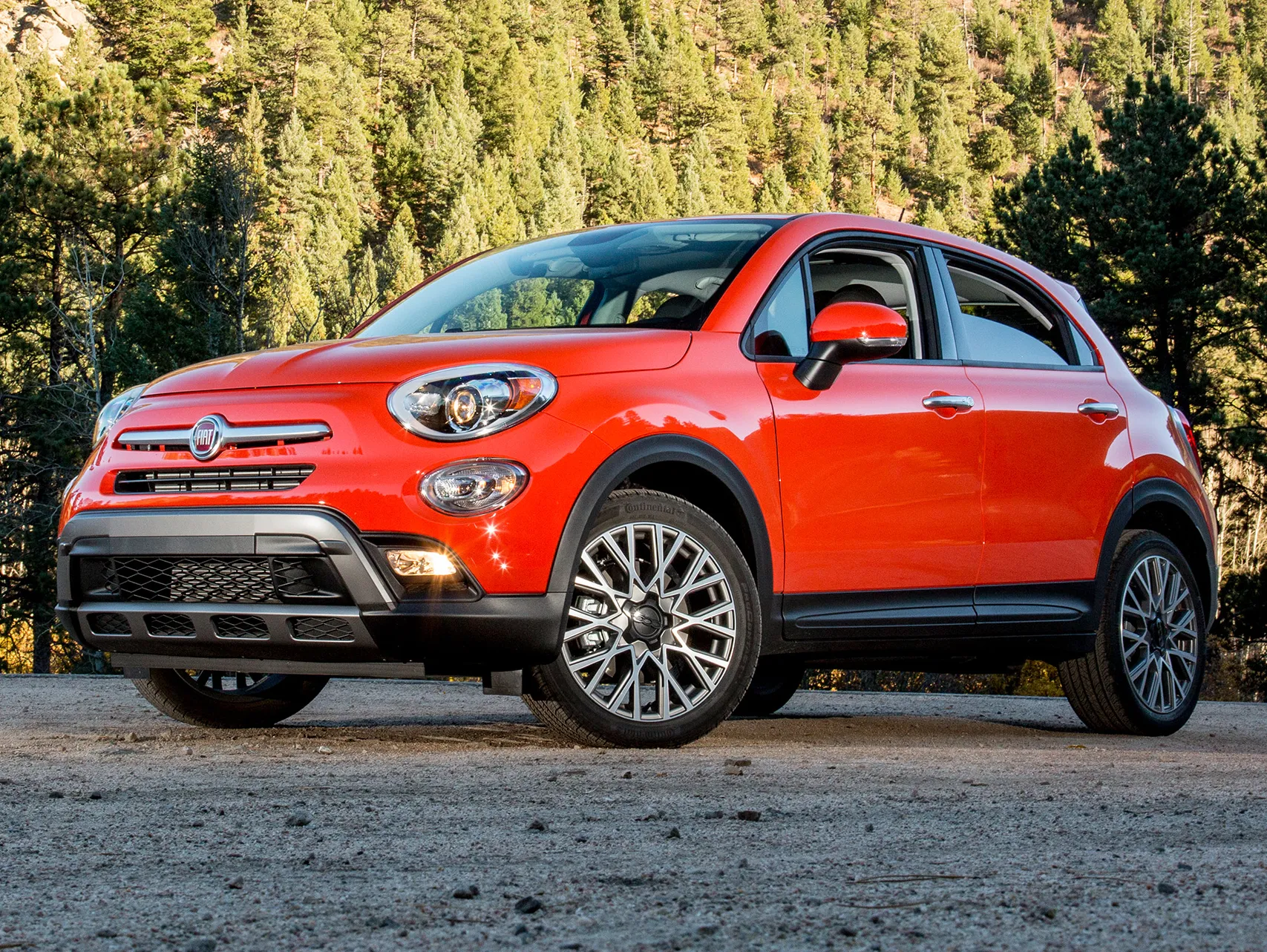The car market is a vast and complex ecosystem where vehicles serve many purposes — from practical daily transportation to passion projects for enthusiasts, and even as investment opportunities for savvy entrepreneurs.
Among the many ways to engage with the automotive world, car flipping has become an increasingly popular avenue for generating income. Car flipping, simply put, involves buying vehicles at lower prices, making necessary repairs or improvements, and then reselling them at a profit.
This process can be incredibly rewarding but also fraught with risks. Knowing which vehicles are suitable for flipping and which are better off as personal-use cars is crucial to success in this business.
At first glance, the idea of buying and selling cars may seem straightforward. However, the reality is far more nuanced. Different car models, brands, and types behave very differently in the resale market.
Factors such as depreciation rates, maintenance costs, reliability, parts availability, and buyer demand play significant roles in determining whether a vehicle will be easy to flip or better suited for long-term ownership.
Some cars consistently hold their value well and attract a wide array of buyers, making them ideal for flippers. Others, while excellent vehicles for personal use, suffer from rapid depreciation, high upkeep costs, or niche market appeal, making them poor choices for resale.
Understanding these distinctions is key for anyone looking to enter the car flipping space. This article explores two contrasting groups of vehicles: those that are flipper-friendly and those that are generally better suited for personal use.
By analyzing the characteristics that make certain cars ideal for flipping, readers can learn how to identify promising investment opportunities. Meanwhile, the discussion of vehicles less suited for resale will highlight why some cars are best enjoyed as long-term personal vehicles rather than short-term financial ventures.
Flipper-friendly cars typically share a few common traits. They tend to be reliable, with a reputation for durability and low repair costs. Parts are usually easy to source, and these vehicles have a broad appeal that cuts across different buyer demographics.
They also often exhibit relatively slow depreciation, allowing flippers to recoup their investment with a reasonable profit margin. Models like the Toyota Corolla and Honda Civic, for example, fit this profile perfectly, making them staples in the flipping community.
On the flip side, some cars only really shine when kept for personal use. High-end luxury vehicles like the BMW 7 Series or cutting-edge electric cars like the Tesla Model S come with steep depreciation curves, expensive maintenance, and a narrower buyer pool, which significantly reduces their flippability.
Similarly, niche or quirky models like the Fiat 500 or performance-oriented cars like the Subaru WRX STI often attract specialized buyers but lack broad market appeal, making quick resales more difficult and less profitable.
The difference between a flipper-friendly car and a personal-use-only car often boils down to economic factors, market demand, and maintenance realities.
For instance, vehicles that are simple to maintain and have a proven track record of reliability often move quickly and profitably through resale markets.
Conversely, cars with complex technology, high repair costs, or limited appeal may linger on the market, forcing flippers to accept lower prices or lose money altogether.
Navigating this landscape requires a deep understanding of both the automotive market and consumer behavior. Beyond just mechanical considerations, cultural trends, geographic preferences, and even economic conditions influence which cars are hot commodities for flipping.
An economic downturn might increase demand for affordable, fuel-efficient vehicles, while a booming market for luxury SUVs could shift attention away from sedans or compact cars.
In this article, we will delve into detailed profiles of five vehicles that are known to be flipper-friendly, explaining why they make excellent investment choices. We will also explore five cars that typically only work for personal use, unpacking the reasons behind their unsuitability for flipping. By the end, readers will have a clearer picture of how to approach buying and selling vehicles strategically, minimizing risk and maximizing potential profit.
Whether you’re a seasoned flipper looking to refine your strategy or a car enthusiast curious about the financial side of vehicle ownership, understanding the distinction between these two groups of cars is essential.
Successful flipping is not just about spotting cheap vehicles — it’s about choosing the right cars, understanding market dynamics, and making smart decisions that align with real-world resale potential.
With that foundation, let’s explore the five cars that are flipper-friendly and the five that are best kept for personal use.
Also Read: Top 10 Vehicles With Storage Bins That Are Great for First Aid Kits
5 Cars That Are Flipper-Friendly
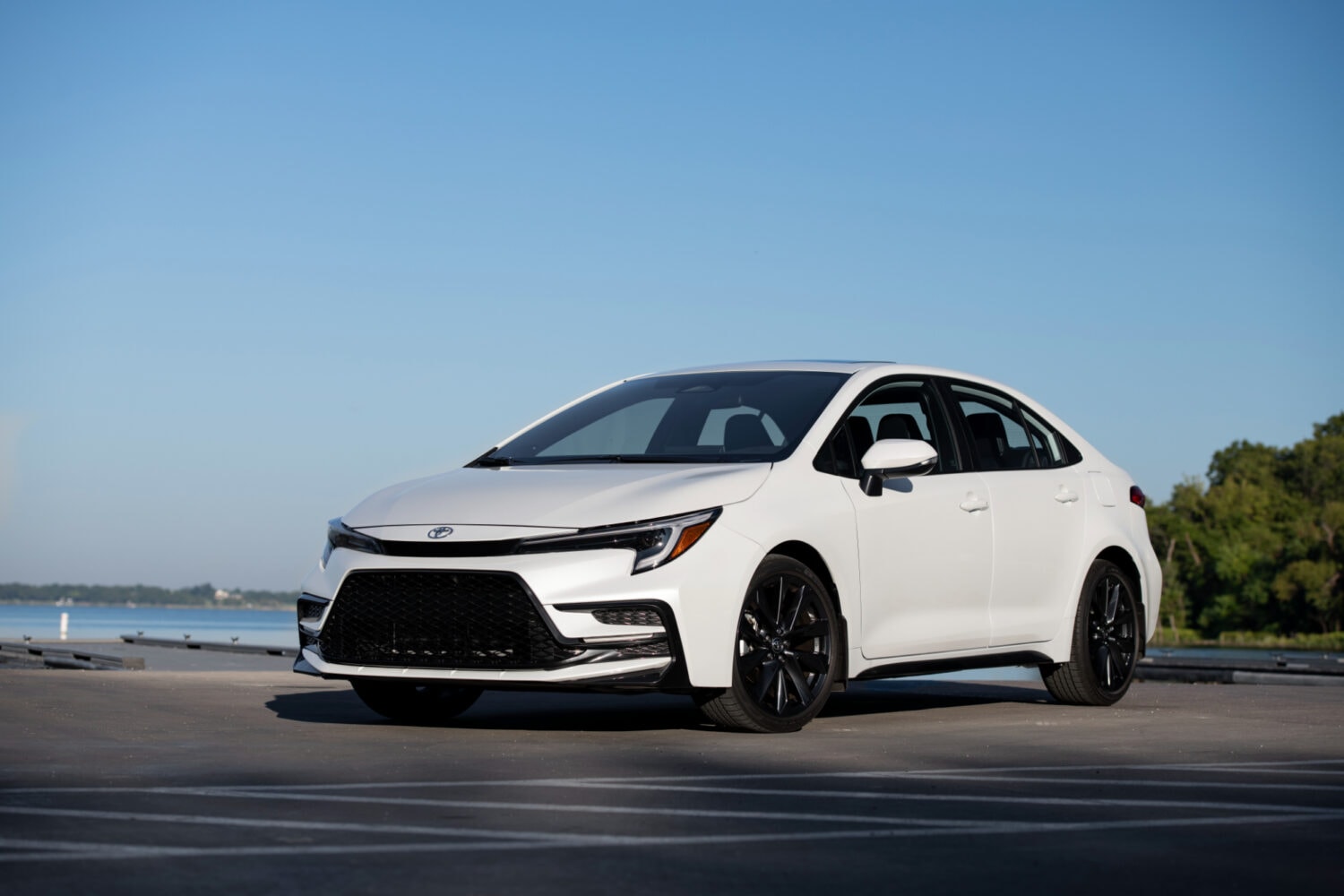
1. Toyota Corolla
The Toyota Corolla stands as one of the most iconic vehicles in the global automotive market, and for good reason. Known for its bulletproof reliability and exceptional fuel economy, the Corolla has carved out a reputation as a no-nonsense daily driver that fits a wide range of lifestyles.
This reputation translates exceptionally well in the flipping world, where reliability and consistent demand are paramount. When flippers scout for vehicles that promise a stable resale value, Corollas inevitably top the list.
Even older models, those with higher mileage, are still in demand because many buyers trust the brand’s long-standing record of durability. The ubiquity of the Corolla also means buyers are never hard to find, which accelerates turnover and reduces holding costs for flippers.
From a mechanical standpoint, the Corolla is refreshingly simple. The engine designs are proven and parts are plentiful, which means repairs and maintenance tend to be affordable and straightforward. For car flippers, this is a crucial consideration: the less you need to invest in costly repairs, the larger your profit margin.
Furthermore, because the Corolla has been a staple in many parts of the world for decades, there is a wealth of knowledge and aftermarket support for any issues that may arise. This also makes sourcing replacement parts easier and cheaper compared to less common models. It’s this combination of accessibility and reliability that makes the Corolla a low-risk, high-reward option.
Another factor that makes the Corolla particularly flipper-friendly is its fuel efficiency. Over multiple generations, the Corolla has consistently been one of the most fuel-efficient vehicles in its class. This attribute becomes even more valuable during times when fuel prices spike or when consumers become more environmentally conscious.
Potential buyers are often looking for an economical car that won’t drain their wallets at the pump, making the Corolla an attractive option for those seeking affordable transportation. For flippers, this means the car holds its appeal regardless of the economic climate, allowing for quicker sales and fewer price drops.
Lastly, the Corolla has a strong brand reputation that transcends generations. This broad appeal means it caters not just to young drivers or budget-conscious buyers, but also to families looking for a reliable second car or retirees wanting a simple, fuss-free vehicle.
Because the resale market for Corollas spans so many demographics, flippers benefit from a steady demand, making it easier to predict sales and reduce downtime. In essence, the Toyota Corolla is a quintessential flipper-friendly car due to its low cost of ownership, strong demand, and dependable engineering, making it one of the safest bets in the business.
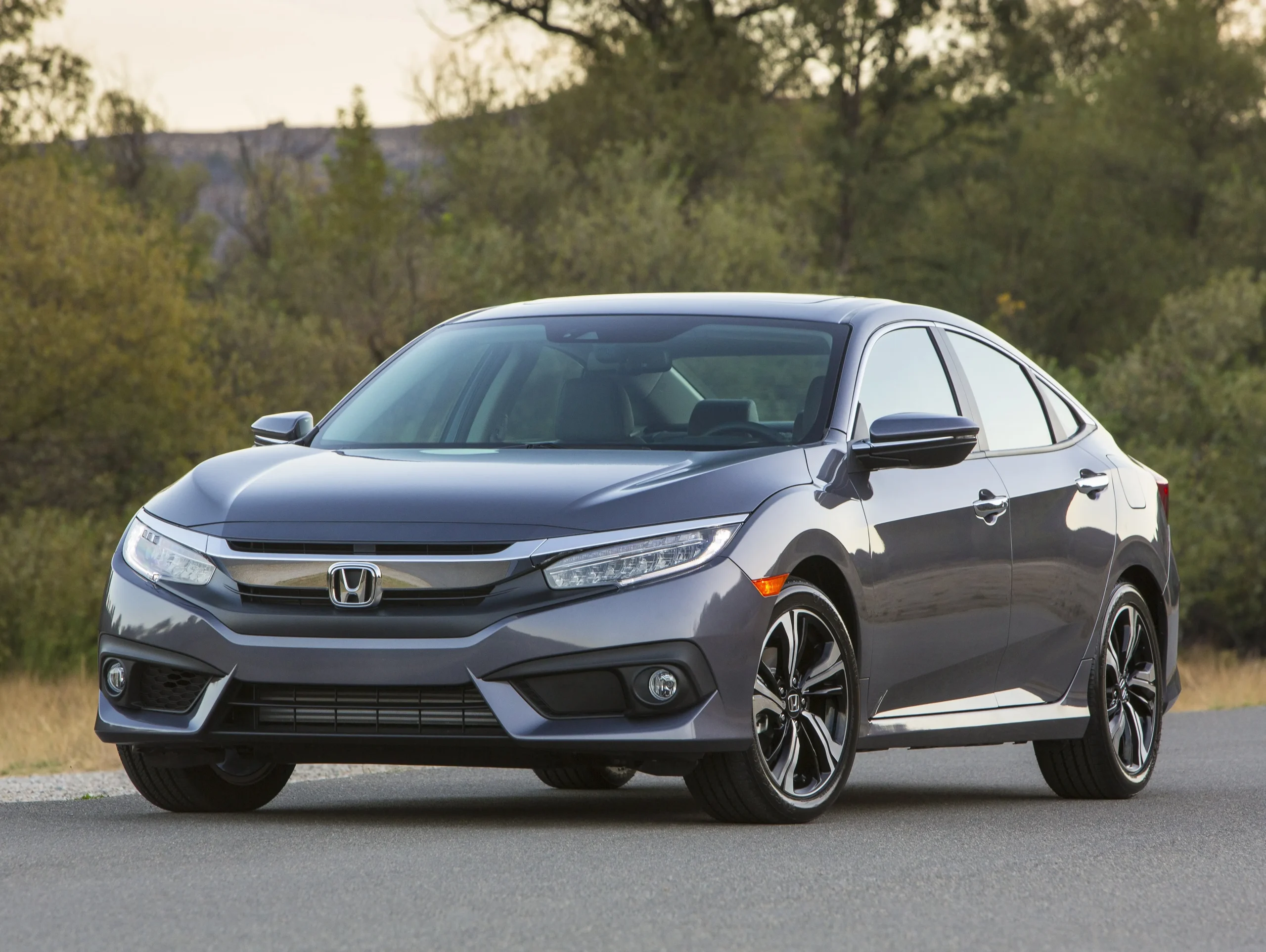
2. Honda Civic
The Honda Civic is another heavyweight in the world of flipper-friendly vehicles, boasting a balance of reliability, performance, and widespread appeal that makes it a favorite among car resellers.
Unlike many compact cars that lean heavily toward either economy or style, the Civic straddles the line between practical daily driver and sporty enthusiast car, which broadens its buyer base considerably.
This versatility ensures that flippers have multiple avenues to attract potential buyers, from parents seeking a dependable car to younger drivers looking for a stylish, efficient ride.
Its longstanding reputation for durability is well documented, with many Civics easily surpassing 200,000 miles with minimal issues, which helps maintain strong resale values.
Mechanically, the Civic is known for its simple yet robust engineering. The engines are typically reliable and fuel-efficient, and the car’s design has remained consistent enough that replacement parts are abundant and affordable.
For flippers, this reduces the risk and cost associated with repairs, enabling quicker turnarounds on vehicles that might need some minor work before resale.
Additionally, because Civics are so popular, there’s a large secondary market for used parts, allowing flippers to save money when refurbishing cars for sale. The ease of maintenance and low cost of repairs provide an advantage that many other cars in the compact segment lack.
A significant edge the Civic holds is its strong enthusiast culture. The sportier trims, such as the Civic Si or Type R, are particularly sought after by enthusiasts, which can command higher resale prices.
Even standard trims benefit from this sporty image, which helps maintain interest in the model year after year. Flippers can capitalize on this by targeting buyers who are willing to pay a premium for well-maintained or lightly modified versions of the car.
The availability of aftermarket upgrades also allows flippers to add value to their vehicles, whether through improved aesthetics or performance enhancements, thus increasing profit margins.
Finally, the Civic’s fuel economy and affordability make it an attractive option in a variety of markets, from urban centers to suburban neighborhoods. Its continued popularity means that Civics depreciate at a slower rate than many competitors in the compact segment.
Buyers looking for a reliable, affordable vehicle will gravitate toward the Civic, ensuring that flippers can move their inventory quickly and with minimal markdowns.
Combined with its broad demographic appeal, cost-effective maintenance, and enthusiastic following, the Honda Civic is an outstanding choice for anyone looking to succeed in car flipping.
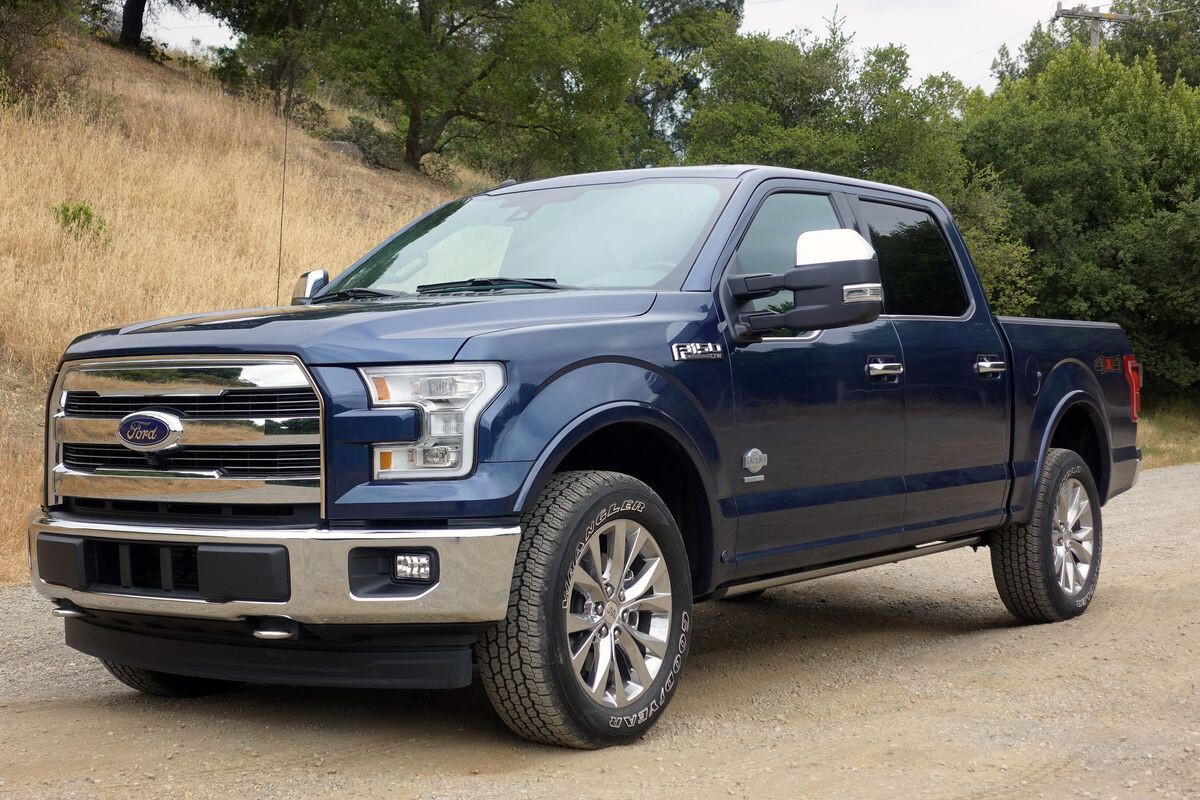
3. Ford F-150
The Ford F-150 is not only America’s best-selling vehicle for decades but also a top contender for flippers focusing on trucks. The F-150’s reputation for durability, power, and versatility has made it a beloved tool for work, recreation, and everyday driving, ensuring a robust resale market.
This popularity spans across a wide variety of buyers — from contractors needing reliable workhorses to outdoor enthusiasts wanting capable off-roaders.
This broad appeal creates a consistent demand that is a boon for flippers who want to minimize the risk of holding onto inventory for too long. From a mechanical perspective, the F-150 is designed to be rugged yet maintainable.
Ford has produced countless generations of this truck with parts that are generally easy to source and repairs that are well-understood by mechanics nationwide.
This translates into manageable refurbishment costs for flippers, who can restore and recondition used F-150s without breaking the bank. Additionally, because many trucks are built to withstand tough use, they often come with more durable components that require less frequent replacement, further reducing costs.
The F-150’s adaptability is another factor that benefits flippers. Available in multiple trims and configurations — from basic work trucks to luxury-laden versions — flippers can target different buyer segments depending on the vehicle’s condition and equipment.
Special editions and packages like the Raptor or Limited trims can sometimes command a premium, especially if they are well-maintained and come with desirable features. This flexibility means flippers have the option to tailor their approach based on local market demands, optimizing potential returns.
Lastly, pickup trucks tend to hold their value better than many passenger cars, particularly in regions where trucks are a necessity. The F-150’s ability to perform heavy-duty tasks, its strong brand loyalty, and its continual upgrades in technology and comfort ensure that it remains relevant and desirable.
For flippers, this means steady demand and the potential for profitable sales even several years down the road. In short, the Ford F-150’s robust design, broad appeal, and strong resale values make it a standout choice for flipping in the truck segment.
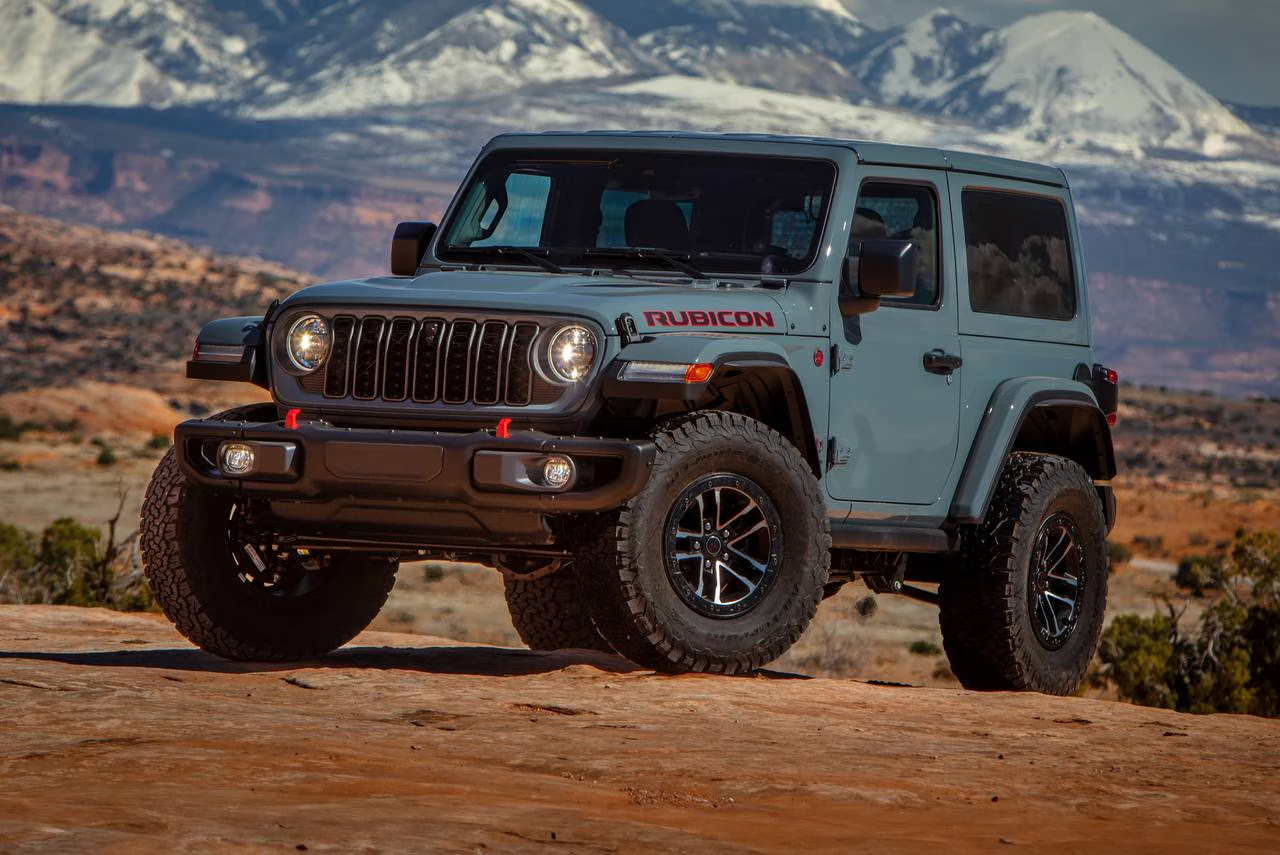
4. Jeep Wrangler
The Jeep Wrangler occupies a unique niche in the flipper market, largely due to its cult-like following and its status as one of the most recognizable off-road vehicles in the world.
Unlike many SUVs that suffer rapid depreciation, Wranglers often defy typical market trends by retaining value better or sometimes appreciating, especially limited edition or well-maintained models. This strong brand equity and uniqueness provide flippers with an advantage that is rare in the automotive resale world.
Mechanically, the Wrangler benefits from a simple and rugged design optimized for off-road use. Its body-on-frame construction and relatively straightforward drivetrain components mean repairs tend to be less complex compared to modern crossovers packed with electronic systems.
This simplicity helps keep maintenance and refurbishment costs manageable, a critical factor for flippers. Additionally, the Wrangler’s popularity means aftermarket parts and knowledgeable mechanics are abundant, which further lowers the barriers to cost-effective restoration or customization.
The Wrangler’s appeal extends far beyond its off-road capability. Many buyers seek it for lifestyle reasons—its open-air design, customizable nature, and rugged aesthetic create a strong emotional connection.
Flippers can leverage this by targeting buyers interested not only in a vehicle but in the lifestyle and identity that come with owning a Jeep. Special trims like the Rubicon or limited-edition versions can command significant premiums, allowing savvy flippers to maximize profits on select models.
Furthermore, the Wrangler enjoys a multi-generational fan base, ensuring a steady demand across age groups. Whether it’s younger adventure seekers or older drivers reminiscing about classic Jeep experiences, the market is diverse.
This broad appeal, combined with relatively stable resale values and manageable maintenance costs, cements the Wrangler’s place as a top flipper-friendly vehicle for those who understand its unique market position.
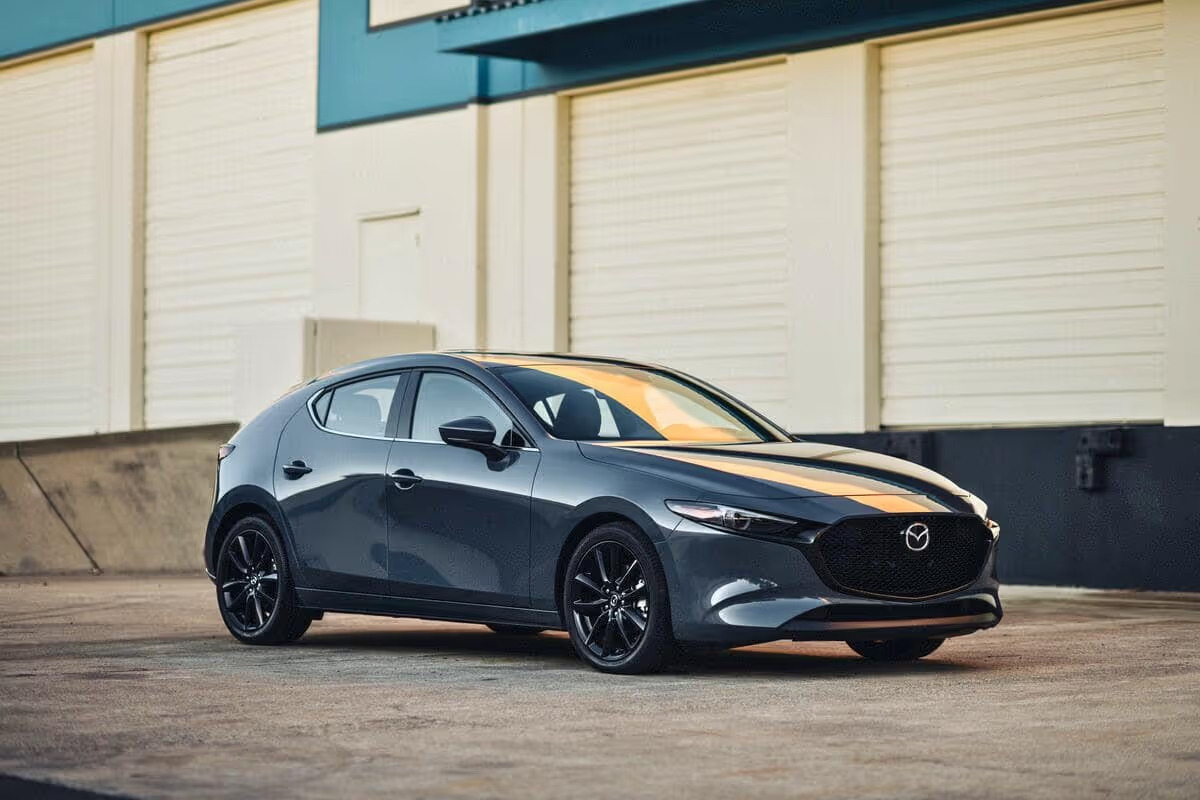
5. Mazda3
The Mazda3 offers an excellent blend of style, reliability, and driving enjoyment, making it a standout option for flippers seeking a compact car with some personality.
Unlike some bland economy cars, the Mazda3 is widely praised for its sharp handling, upscale interior, and attractive exterior design. These attributes allow it to stand out in a crowded segment and attract buyers looking for something a little more special without the premium price tag.
Reliability is a key factor that contributes to the Mazda3’s flipper-friendly status. Mazda’s engineering focuses on durable components and fuel-efficient engines that are relatively cheap to maintain and repair.
This keeps refurbishment costs low, a critical factor for anyone looking to flip cars. The availability of parts and familiarity among mechanics ensure that even older models can be restored to good working order without excessive expense.
The Mazda3’s strong resale value relative to its initial cost is another compelling reason for flippers to consider it. It tends to depreciate more slowly than many competitors, especially models equipped with desirable features like advanced safety tech or premium trims.
This slower depreciation helps flippers retain more of their initial investment, improving profitability. Finally, the Mazda3’s appeal spans various buyer types—from young professionals to small families—due to its balance of style, efficiency, and practicality.
This broad market reach means flippers have a diverse pool of potential buyers, reducing holding times and increasing the likelihood of a successful flip. Overall, the Mazda3 combines the right elements to make it a rewarding and manageable car to flip.
5 Cars That Only Work for Personal Use
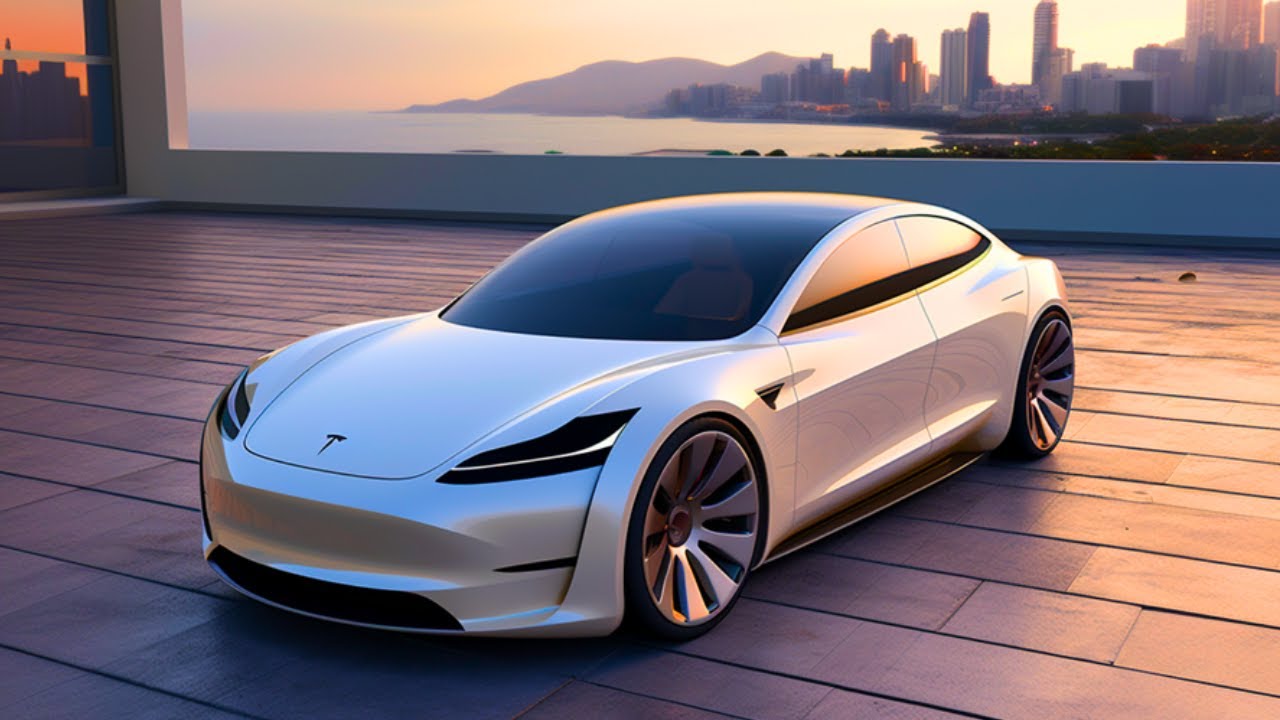
1. Tesla Model S
The Tesla Model S has revolutionized the electric vehicle market with its blend of luxury, cutting-edge technology, and impressive performance. However, despite its many groundbreaking features, the Model S is not typically a good candidate for flipping.
One of the most significant challenges flippers face with the Model S is rapid depreciation driven by the fast evolution of EV technology. Newer Tesla models and other EV competitors constantly raise the bar in terms of battery range, software features, and autonomous driving capabilities.
This relentless advancement quickly dates older Model S units, which lose their “wow” factor and resale appeal in a short time. Buyers in the used EV market tend to favor the latest technology, making it hard for flippers to find buyers willing to pay top dollar for older models.
Moreover, the cost of maintenance and repairs for a Model S can be prohibitive, especially when issues arise with the battery pack or electrical systems. Unlike traditional internal combustion engine vehicles, EV repairs often require specialized knowledge and tools, which can increase labor costs significantly.
For flippers, this translates into unpredictably high refurbishment expenses that can eat into or even negate potential profits.
Parts for Tesla vehicles are not as widely available as for many gas-powered cars, and warranty restrictions often require owners to rely on Tesla service centers, further limiting repair options.
Another complicating factor is Tesla’s unique direct-sales model and software ecosystem. Tesla controls much of the car’s functionality through software updates and proprietary components, which makes third-party repairs and modifications more difficult.
This lack of flexibility reduces opportunities for flippers to add value through customization or upgrades. Furthermore, Tesla’s resale market tends to be niche, consisting primarily of tech enthusiasts or early adopters willing to navigate potential quirks of older EV models.
Finally, the Tesla Model S appeals mostly to affluent buyers looking for a premium, innovative driving experience rather than bargain hunters seeking affordable used vehicles.
This niche appeal limits the overall size of the secondhand market and increases the risk for flippers who might be stuck holding a depreciated, difficult-to-sell vehicle.
Given these factors, the Model S is best suited for those who intend to own and enjoy it long term rather than flip it for profit.
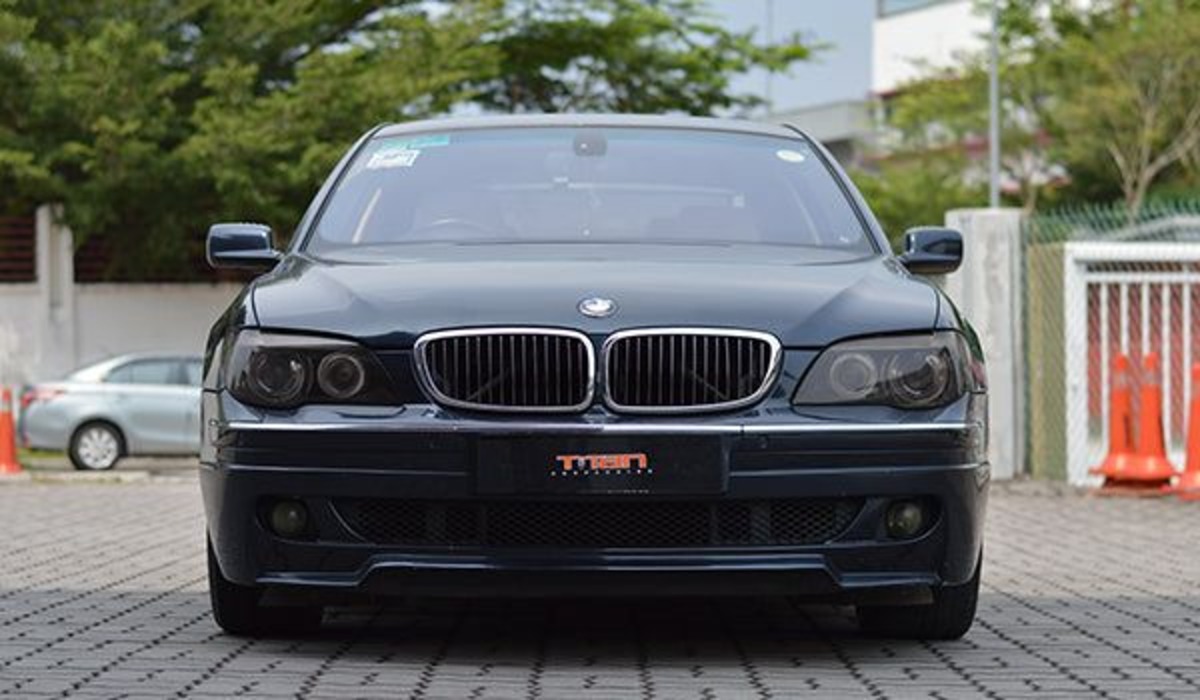
2. BMW 7 Series
The BMW 7 Series is the epitome of luxury sedans, offering top-tier technology, comfort, and performance.
However, these same attributes that make it an excellent personal vehicle also make it a poor candidate for flipping. The 7 Series tends to experience steep depreciation within the first several years of ownership, often losing 50% or more of its original value in that time.
This rapid depreciation results from the luxury car market’s inherent dynamics, where newer models with the latest technology quickly overshadow older ones. Flippers aiming for quick profits will find their margins squeezed or erased by the vehicle’s initial value drop.
Maintenance and repair costs further complicate the flipping equation for the 7 Series. As a high-end luxury vehicle, the 7 Series relies on complex electronics, advanced suspension systems, and high-performance engines that can be expensive to service.
Once the factory warranty expires, owners often face substantial repair bills, with parts and labor costing significantly more than mainstream vehicles. For flippers, these elevated upkeep costs can make refurbishment financially unfeasible, especially if the vehicle requires significant work before resale.
The buyer pool for used 7 Series sedans is also relatively small and discerning. Potential buyers often prioritize vehicles with full service histories, low mileage, and pristine condition.
This high bar means flippers must be particularly selective in their purchases and investment in repairs, which reduces flexibility.
Additionally, luxury sedan buyers tend to prefer newer models or certified pre-owned units backed by dealership warranties, narrowing the market further for private sellers or independent flippers.
Lastly, the 7 Series’ fuel consumption and size make it less practical for many everyday buyers, limiting its appeal to a niche demographic. While it offers a superior driving experience and prestige for personal owners, these factors contribute to a less liquid resale market.
Therefore, while the BMW 7 Series shines as a personal luxury car, it is generally not a sound choice for those looking to flip cars profitably.
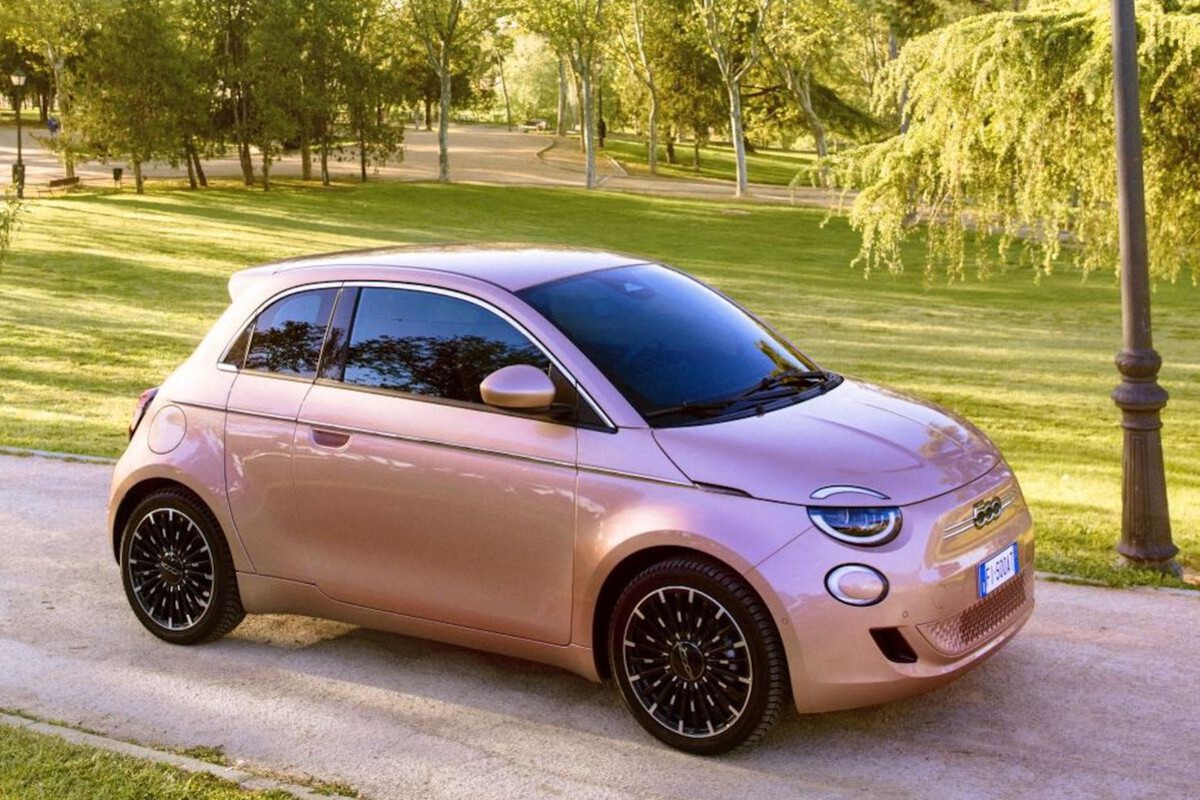
3. Fiat 500
The Fiat 500 is a charming, compact city car known for its retro styling and urban agility. While it excels as a personal vehicle for short trips and tight parking environments, it is generally not a good candidate for flipping.
Its niche appeal primarily limits the buyer pool, as the car’s small size and unique aesthetics are not universally attractive to broader segments of used car shoppers. For flippers, this means a longer sales cycle and the potential need to lower prices significantly to find a buyer.
Moreover, the Fiat 500’s reliability record is mixed, which can deter potential used car buyers. The vehicle has been criticized for various mechanical and electrical issues that may arise even in relatively new models.
When flipped, any need for repairs can quickly diminish profit margins because parts for the Fiat 500 can be expensive, and service centers are less common compared to more mainstream brands.
This scarcity of service infrastructure translates to higher labor costs and longer turnaround times, challenges that flippers generally prefer to avoid.
Another factor limiting the Fiat 500’s flipping potential is its performance and practicality. With limited rear-seat space and a small trunk, it’s primarily suited for solo drivers or couples without extensive cargo needs.
Families or buyers seeking more versatile vehicles are unlikely to consider the Fiat 500, further shrinking the potential market. This restrictiveness means that the pool of interested buyers is smaller and less diverse, making it harder to move inventory quickly and profitably.
Finally, Fiat’s brand reputation, particularly in certain markets, has been less favorable compared to Japanese or American automakers known for reliability.
While Fiat has made strides in recent years, lingering perceptions impact resale values negatively. Consequently, the Fiat 500 functions best as a quirky personal car rather than a flipper-friendly vehicle, where volume and reliability often rule the day.
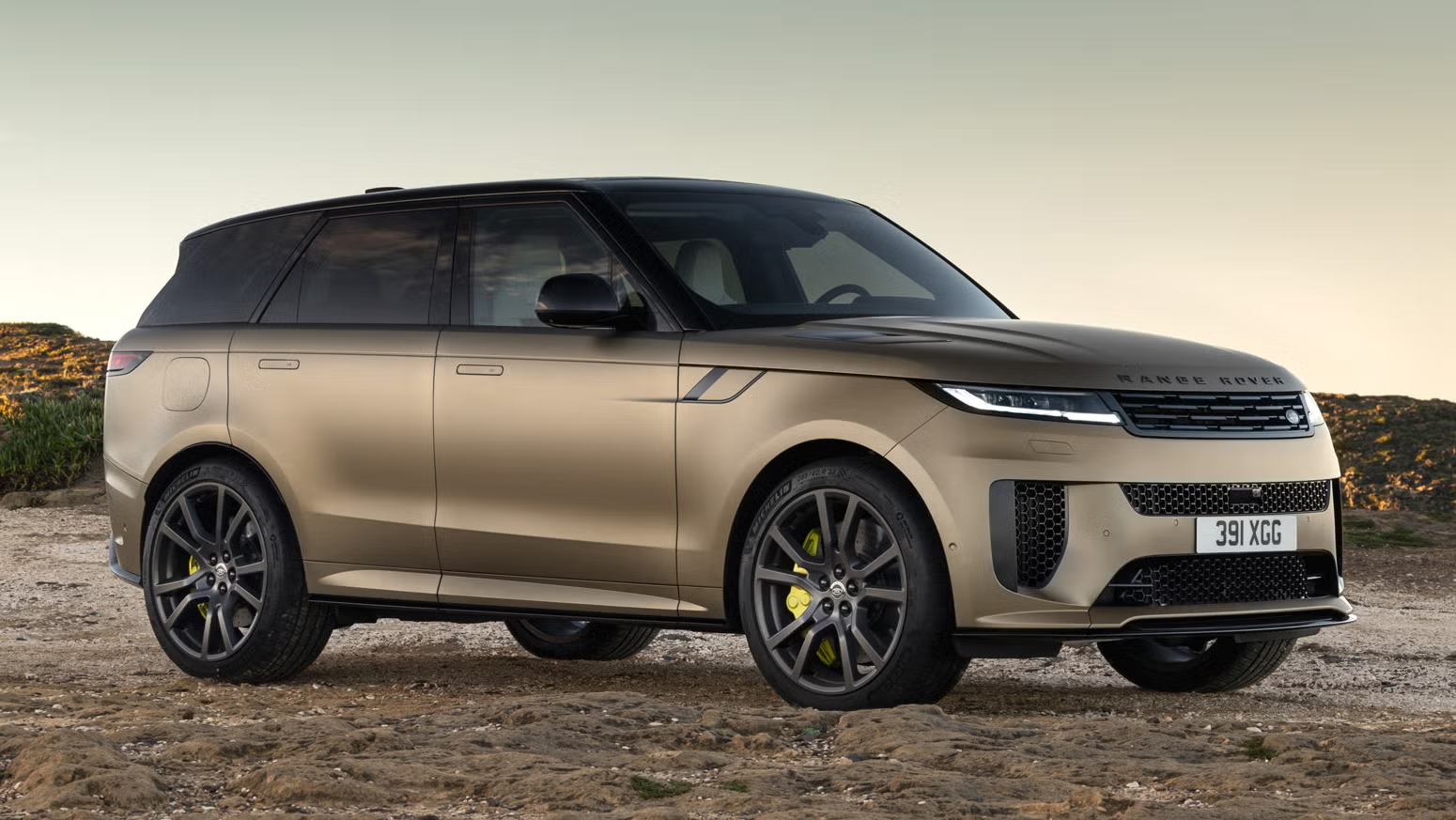
4. Land Rover Range Rover
The Land Rover Range Rover is synonymous with luxury and off-road capability, offering a unique blend of comfort and ruggedness. However, the Range Rover’s high maintenance costs and steep depreciation make it an impractical choice for flipping.
While many owners cherish the vehicle for its prestige and versatility, flippers face significant challenges in turning a profit due to the vehicle’s complex engineering and costly repairs.
Range Rovers are known for sophisticated electronics, air suspension systems, and high-end drivetrains that, while impressive, tend to fail or require expensive servicing as the vehicle ages.
These repairs can include replacing air springs, fixing electrical gremlins, and servicing advanced terrain management systems. For flippers, these costly and unpredictable maintenance issues translate into high refurbishment expenses that may exceed potential resale gains.
Additionally, the Range Rover’s rapid depreciation hurts profitability. Luxury SUVs tend to lose value quickly in the first few years, and Range Rovers are no exception.
The high initial cost combined with steep value drops means that flippers have to be careful with purchase price and investment levels to avoid losing money.
Moreover, the luxury SUV market is selective, with buyers often expecting pristine condition and comprehensive service histories, limiting the pool of interested buyers for vehicles that show signs of wear.
Another factor is that the Range Rover’s appeal tends to skew toward a niche demographic—those willing to pay a premium for luxury and off-road prowess.
While this creates demand at the top end, it also means fewer buyers are looking for used models that need work or have high mileage. Flippers who acquire Range Rovers with maintenance issues may find it difficult to move them quickly or at a price that justifies the investment.
Ultimately, the Land Rover Range Rover excels as a personal luxury vehicle but is ill-suited for the quick turnaround and profit margins needed in car flipping. The combination of high repair costs, rapid depreciation, and a limited buyer pool makes it a risky proposition for resellers.
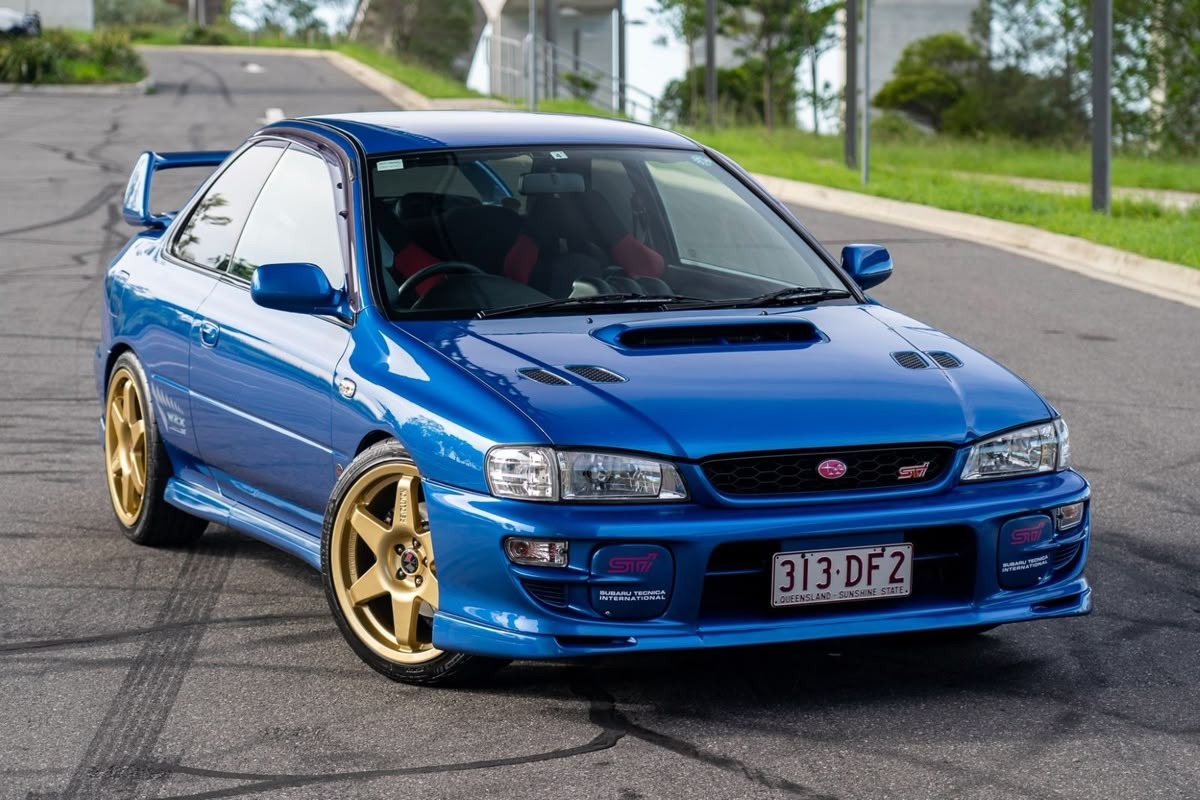
5. Subaru WRX STI
The Subaru WRX STI is an iconic performance car with a devoted enthusiast following, but its specialized nature often makes it a poor candidate for flipping.
While it offers exhilarating driving dynamics and rally-inspired engineering, these same characteristics contribute to higher maintenance costs and a smaller, more selective used car market.
Performance-oriented vehicles like the WRX STI typically experience increased wear and tear, especially on critical components such as the turbocharged engine, drivetrain, and suspension.
Enthusiasts who purchase WRX STIs expect them to be in excellent mechanical condition, which can mean flippers must invest significantly in maintenance or repairs before resale. These costs can erode profits quickly, especially if the car has been modified or driven aggressively by previous owners.
Moreover, the WRX STI appeals primarily to a niche market of enthusiasts rather than the general used car buyer.
While this can translate into higher prices for well-maintained examples, it also means the pool of potential buyers is smaller and more particular.
Flippers dealing with vehicles that don’t meet the high expectations of this group may struggle to find buyers willing to pay a premium.
The car’s depreciation, although moderate, is affected by market factors such as the availability of newer performance models and shifts in consumer preferences toward SUVs and crossovers.
Additionally, maintenance and repair costs for performance parts tend to be higher than for standard vehicles, which further reduces flipping margins.
In summary, while the Subaru WRX STI is a thrilling car for personal ownership, its specialized appeal, higher maintenance demands, and narrower buyer base make it less suitable for flipping.
For those looking to profit quickly from resale, more mainstream vehicles typically offer safer and more predictable returns.
Also Read: 13 Engines That Made Japanese Cars Unstoppable and Changed Performance Culture Forever
In the world of car flipping, the difference between a profitable venture and a costly mistake often hinges on the type of vehicle you choose to buy and sell.
Through this exploration of five flipper-friendly cars and five that are better suited for personal use, it becomes clear that not all vehicles are created equal when it comes to resale potential.
This distinction is crucial for anyone considering entering the flipping market, as understanding which cars offer the best return on investment can save time, money, and frustration.
Flipper-friendly cars like the Toyota Corolla, Honda Civic, Ford F-150, Jeep Wrangler, and Mazda3 share several key advantages.
They boast a strong reputation for reliability, affordability in terms of maintenance and repairs, and broad buyer appeal. These vehicles tend to depreciate more slowly, which helps preserve value over time and makes it easier for flippers to turn a profit.
Additionally, their ubiquity means parts and services are readily available, reducing the risk of costly, unexpected repairs. The diversity of potential buyers—from families seeking dependable transportation to enthusiasts craving sporty trims—ensures a steady demand and quick sales cycles.
Conversely, the cars that are better suited for personal use, such as the Tesla Model S, BMW 7 Series, Fiat 500, Land Rover Range Rover, and Subaru WRX STI, illustrate the challenges of flipping vehicles with steep depreciation curves, expensive maintenance requirements, and niche market appeal.
These cars often require a level of investment in upkeep and repairs that can erode potential profits. Their specialized features and luxury status attract a narrower buyer base, making quick resale more difficult. Flippers who underestimate these factors risk being stuck with vehicles that are difficult to sell or that must be sold at a significant loss.
The economics of car flipping demand a careful balance between purchase price, refurbishment costs, and resale value. Flipper-friendly cars provide a safer bet, as they usually require minimal investment beyond basic maintenance and minor cosmetic fixes.
Their wide popularity ensures a larger market, which is critical for quick turnover. In contrast, cars better suited for personal use often require extensive maintenance and appeal to smaller audiences, increasing holding times and reducing margins.
Understanding these dynamics is more than just an academic exercise; it is a practical guide for making sound decisions in the real world. The car flipping market is competitive and fast-moving.
Success depends not only on finding bargains but on knowing which vehicles have the best chance to attract buyers at prices that yield a profit. This knowledge allows flippers to avoid common pitfalls and focus their efforts on vehicles with proven track records and market demand.
Furthermore, this analysis underscores the importance of considering long-term value over short-term appeal. Some vehicles, while impressive and desirable to own, simply don’t translate into good flipping candidates because of their rapid value loss or high maintenance overhead.
Recognizing this distinction helps flippers allocate their capital and time more efficiently, maximizing return on investment and minimizing risk.
It’s also worth noting that market conditions can shift. Economic changes, fuel prices, and evolving consumer preferences influence the types of vehicles that sell well.
Staying informed and adaptable is essential for anyone involved in car flipping. Vehicles that are flipper-friendly today might face new challenges in the future, while those currently better suited for personal use could gain resale viability as trends change.
In conclusion, successful car flipping requires a strategic approach grounded in knowledge and realistic expectations. By focusing on vehicles known for their reliability, affordability, and broad appeal, flippers can increase their chances of turning a profit.
At the same time, recognizing which cars are better left to personal owners helps avoid costly mistakes. Whether you are a seasoned professional or a newcomer, applying these insights will enable smarter buying and selling decisions.
Car flipping is as much an art as it is a science, blending automotive expertise with market savvy. With a clear understanding of the differences between flipper-friendly cars and those suited for personal use, you can navigate this world more confidently.
By choosing the right vehicles, managing refurbishment wisely, and targeting the right buyers, flipping can become a rewarding and sustainable venture.
Ultimately, success lies in knowing when a car is a lucrative opportunity and when it is best appreciated as a personal ride rather than an investment.

